Choosing the best hunting binoculars can be challenging and tricky, and there are a ton of things to consider. For hunters, it is imperative to have good hunting binoculars when they are hunting, so you ideally want to buy a pair of good binoculars as soon as you have decided to go hunting.
In this article, we will talk about some of the basic attributes of binoculars as well as what to consider when purchasing a pair of binoculars, which covers different factors like low light performance, magnification, prism types, lens coatings, size and more, so you can pick the pair that is best for your needs.
Why The Right Hunting Binoculars Are Important?
Hunting binoculars is a necessity in the field as well as a great way to get close to nature, allowing hunters to view targets in more detail and locate and judge the size of the animals that they plan to hunt.
Good hunting binoculars should provide a clear image of whatever you’re looking at from a distance so that you can better observe birds and harvest large wildlife.
How To Choose The Best Hunting Binoculars?
Proper Magnification
What do the two numbers on binoculars mean? For example: 8×42 or 10×50. The first number indicates the strength of the magnification and the second number denotes the size of the lens diameter.
Binoculars are necessary for observing your surroundings and getting close to potential targets. “8×42” means that the binoculars will magnify the image 8 times compared with the naked eye. This means a better performance in low light conditions, like in a forest, on a cloudy day, or at sunrise or sunset.
In most cases, a magnification of 8x to 10x should suffice for hunting under normal conditions.
Furthermore, binoculars with more magnification will be more difficult to hold steadily. If you usually hunt in wide-open spaces or hunt from a longer distance, then the one that is between 10 to 12 will be comfortable.

Large Objective Lens
In general, a larger lens diameter indicates a larger aperture which can capture more light and offer a brighter view. So objective lens plays a key role in determining the brightness or more accurately the low-light performance of binoculars. The larger the lens, the larger and heavier the binoculars.
Durable and Right-Sized
Hunting binoculars need to be durable, lightweight and less bulky to wear all day, which also helps you track flying or fast-moving birds with ease.
In addition, great hunting binoculars need to withstand ruthless outside conditions. When you’re choosing your hunting binoculars, make sure that they are waterproof and fog proof to protect the device from moisture and fogging.
Roof Prism vs. Porro Prism
Porro prism binoculars are in the shape of a right angled triangle, and they reflect the light rays through the binoculars. There is less light loss with porro prism binoculars, which allows for a higher quality image.
Besides, porro prism binoculars are easier to make because they do not require much mechanical and optical precision in manufacturing, so they are cheaper to buy. Most binoculars with a porro prism can be mounted on a tripod, but they usually have a bulkier size and heavier weight that is difficult for hands to hold.
The light path through the prisms forms a shape similar to the roof of a house. Roof prism binoculars generally have a very streamlined and compact shape that makes them lighter and easier to carry.
Moreover, not all binoculars with a roof prism can be mounted on a tripod. And the complicated manufacturing process makes roof prism binoculars more expensive.
Twilight Factor
Some of the best hunting times are at dawn or dusk when light levels are low, so your binoculars need to be able to gather enough light and make the image as bright as possible.
Lens Coating
Good lens coatings help reduce light reflection off the glass surfaces to further enhance the image.
Coating categories include:
Coated, where at least one primary optical element is coated on at least one surface.
Fully Coated, where all lens and glass surfaces have a single coating.
Multicoated, where at least one primary optical element has multiple coatings of anti-reflective compounds on at least one surface.
Fully Multi-Coated, where all glass surfaces have multiple coatings, resulting in higher transmittance.
Make sure you buy binoculars with fully-multicoated lenses.

Eye Relief
Eye relief refers to the distance between the ocular lens of the eyepiece and your eyes. If your eye is further away from the eyepiece than the distance between your eyes, your vision will lose the outer edge of the image.
The smaller the part of the image you see, the further your eyes are from the eyepiece. Longer eye distance makes it easier to use binoculars for long periods of time without fatigue, so make sure to choose binoculars with longer eye relief.
Conclusion
The above is a side-by-side guide that guides you through the basic steps of choosing a new pair of binoculars. Whether you are a hiker, birder or hunter, be sure to read this article before buying a new pair of binoculars, you will gain a lot!


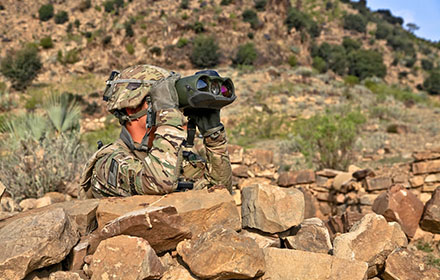




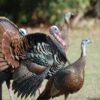
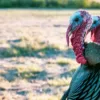
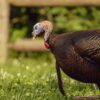
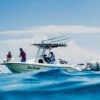
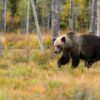








Leave a reply